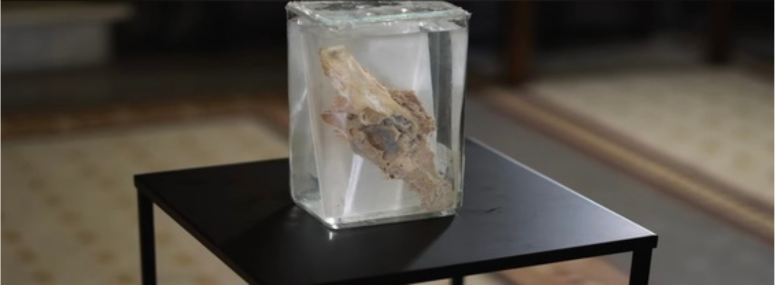
L'OSTEOSARCOMA (Minutaggio - 11:39).
Il professor Carlo Della Rocca, Direttore dell'Unità di Anatomia e Istologia del Policlinico Umberto I di Roma, che, nell'affrontare la vicenda dell'osteosarcoma ricorda la storia di Luca, un ragazzino affetto da questa particolare patologia, a cui appartiene il repertorio.
Professor Carlo Della Rocca, Director of the Anatomy and Histology Unit at the Policlinico Umberto I in Rome, who, in addressing the story of osteosarcoma, recalls the story of Luca, a young boy affected by this particular pathology, to whom the repertoire belongs.

IL LITOPEDIO (Minutaggio - 9:44).
La professoressa Giulia d’Amati, del Dipartimento di Scienze Radiologiche, Oncologiche e Anatomopatologiche, ci racconta la sua esperienza personale con il litopedio, o feto pietrificato, rinvenuto durante un accertamento diagnostico eseguito dal suo Maestro, il professor Antonio Ascenzi, quando ancora frequentava l’Università.
Professor Giulia d’Amati, of the Department of Radiological, Oncological and Anatomopathological Sciences, tells us about her personal experience with the lithopedium, or petrified fetus, found during a diagnostic check performed by her Master, Professor Antonio Ascenzi, when she was still attending the University.
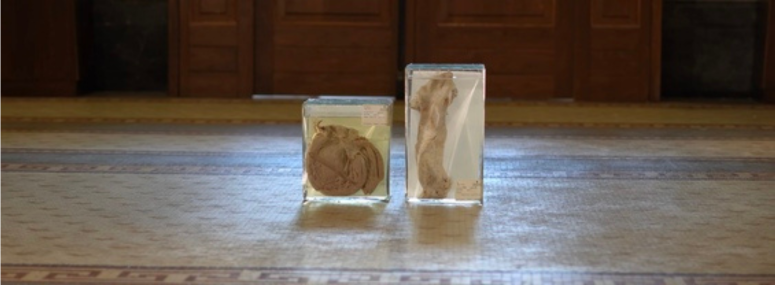
La professoressa Cira di Gioia prenderà spunto dai reperti di un'aorta e di un cuore affetti da aortite sifilitica per raccontare la storia di questa patologia, oggi estinta, ma che a partire dal 1400, probabilmente portata a Napoli dai francesi, ha mietuto numerose vittime nei secoli scorsi.
Professor Cira di Gioia will take inspiration from the findings of an aorta and a heart affected by syphilitic aortitis to tell the story of the pathology, now extinct, but which since 1400, probably brought by the French to Naples, has claimed many victims in past centuries.
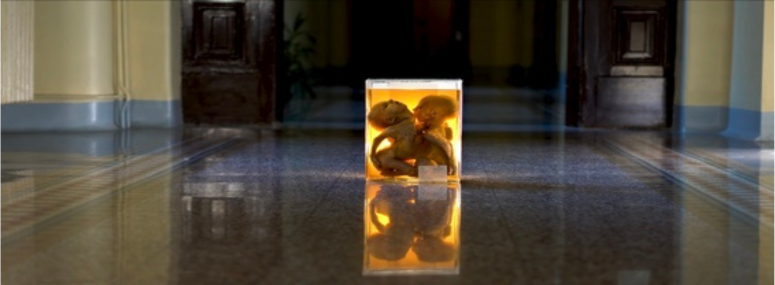
Doctor Alessandro Aruta, curator of the Biomedical Area Museums of the Sapienza Museum Center, in illustrating the thoracopagus, or Siamese twins, tells the story of the genesis of the collection preserved in the Museum of Pathological Anatomy and its expansion over time.

The founder of the museum tried to offer the visitor an idea of the so-called "dark age", to deny this now obsolete denomination. In this video, two central themes for the museum are presented in a historical-artistic key: medieval surgery, in particular the Salerno school, and medieval saints (Saints Cosma and Damiano; Saint Nicholas of Bari; Saint Elizabeth of Hungary).
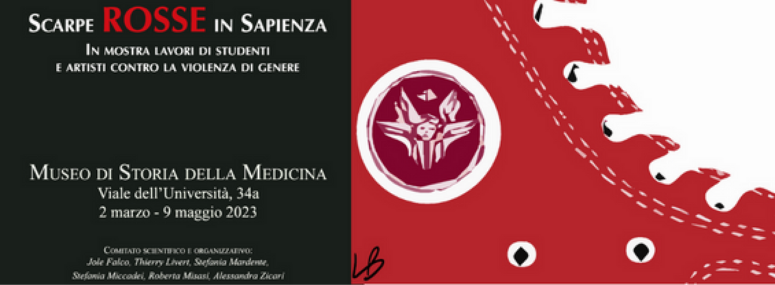
SCARPE ROSSE IN SAPIENZA (Minutaggio - 12:38)
In mostra le opere di studenti e artisti contro la violenza di genere.
Works by students and artists against gender violence on display.
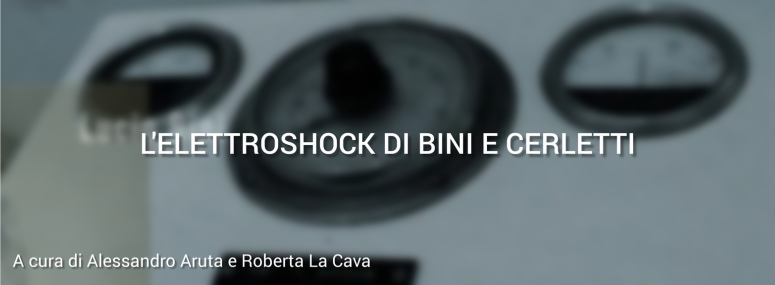
L'ELETTROSHOCK DI BINI E CERLETTI (Minutaggio – 12:04).
Il video è presente presso il Museo di Storia della Medicina dell'Università Sapienza di Roma, da quando è stata riorganizzata la sezione museale dedicata alle neuroscienze (2015).
The video is present at the Museum of the History of Medicine, Sapienza University of Rome, since the museum section dedicated to neuroscience was reorganized (2015).
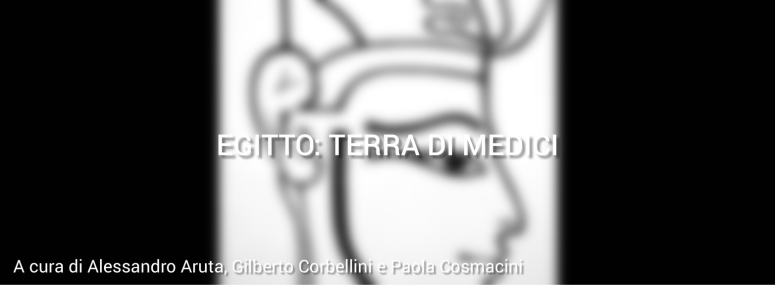
EGITTO: TERRA DI MEDICI (Minutaggio – 6:17)
Il video è presente presso il Museo di Storia della Medicina, Sapienza Università di Roma, da quando è stata riallestita la sezione del Museo egizio (2019).
The video is present at the Museum of the History of Medicine, Sapienza University of Rome, since the Egyptian museum section was rearranged (2019).

NASCITA DELLA NEUROPSICHIATRIA INFANTILE (Minutaggio – 9:29)
La Clinica per le Malattie Nervose e Mentali della nostra Università raccontata attraverso il lavoro e gli sforzi dei padri fondatori. Cartelle cliniche, foto, lettere dei familiari, test cognitivi ed esami testimoniano le storie dei tanti piccoli pazienti lì ricoverati.
The Clinic for Nervous and Mental Diseases of our University described through the work and efforts of the founding fathers. Medical records, photos, letters from family members, cognitive tests and exams bear witness to the stories of the many small patients hospitalized there.
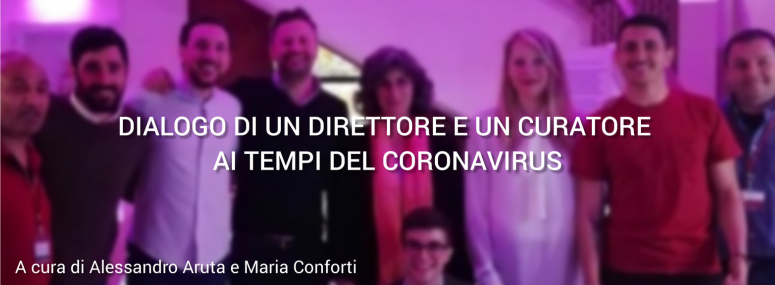
DIALOGO DI UN DIRETTORE E UN CURATORE AI TEMPI DEL CORONAVIRUS (Minutaggio – 5:56)
In un dialogo 'virtuale', la Curatrice e la Direttrice (in questo caso una direttrice donna) parlano del Museo di Storia della Medicina chiuso, delle memorie del passato recente, del futuro e delle sfide che attendono il mondo museale, e in particolare quello dei musei dell'area storico-medica e biomedica, in un momento difficile ma interessante.
In a 'virtual' dialogue, the Curator and the Director (here, a female director) talk about the closed Museum of the History of Medicine, the memories of the recent past, the future and the challenges that await the museum world, and in particular that of historical-medical and biomedical area museums, in a difficult but interesting moment
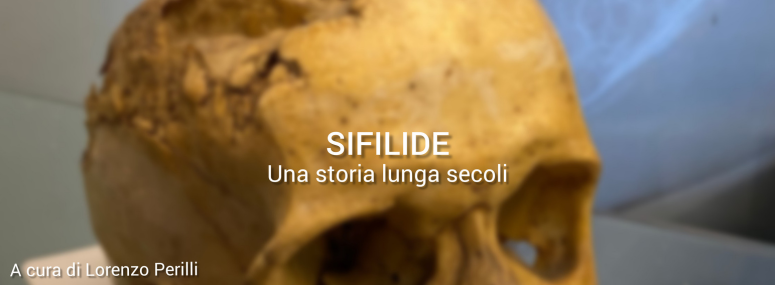
Il Treponema Pallidum, agente eziologico della sifilide, una malattia a trasmissione sessuale, può causare diverse patologie, dal sifiloma primario a patologie distruttive, fortunatamente ormai rare, legate alla fase sistemica della malattia.
Treponema Pallidum, the causative agent of syphilis, a sexually transmitted disease, can cause various clinical conditions, from primary syphiloma to destructive conditions, fortunately now rare, linked to the systemic phase of the disease.
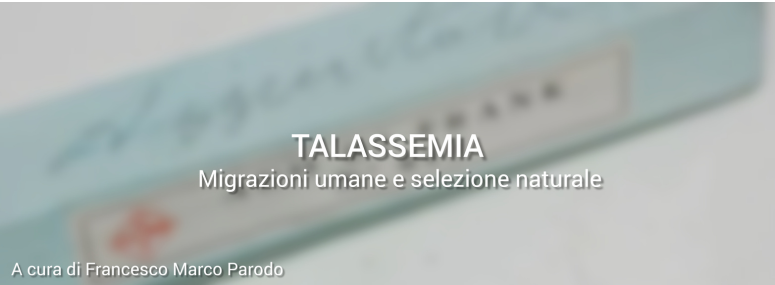
TALASSEMIA (Minutaggio – 29:02)
Storia, epidemiologia, eziologia, presentazione clinica, screening e terapia della talassemia. Particolare attenzione sarà rivolta all'aspetto genetico che determina la gravità della malattia, al ruolo delle migrazioni umane nella storia della patologia e alla correlazione tra talassemia e malaria.
History, epidemiology, etiology, clinical presentation, screening and therapy of thalassemia. Particular attention will be paid to the genetic aspect that drives the severity of the disease, the role of human migrations in the history of the pathology and the correlation between thalassemia and malaria.
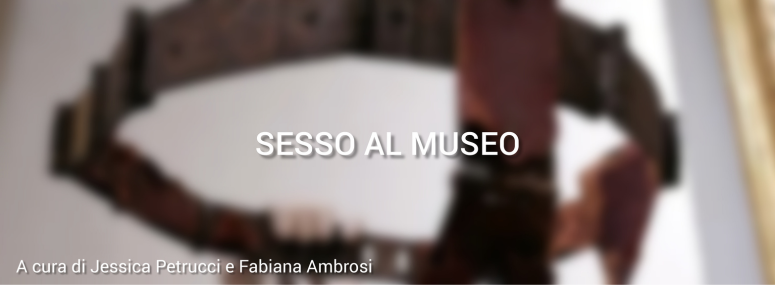
SESSO AL MUSEO (Minutaggio – 10:59)
Perché parlare di sesso in un museo? Capiremo perché il sesso non è qualcosa di 'naturale', nel senso di biologicamente determinato, ma piuttosto un'entità sottoposta a influenze culturali e sociali, soggetta a cambiamenti nel corso della storia, che ripercorreremo attraverso alcuni oggetti che ci guideranno nella ricerca di un percorso storico della sessualità.
Why talk about sex in a museum? We will understand why sex is not something 'natural', in the sense of biologically determined, but rather an entity subjected to cultural and social influences, subject to changes throughout history, which we will retrace through some objects that will guide us in the search for a historical path of sexuality.

L’IGIENE DELLE MANI (Minutaggio – 12:37)
Oggigiorno, consapevoli dell'importanza della pulizia e del lavaggio del corpo, degli strumenti medico-chirurgici e dell'ambiente che ci circonda, ripercorriamo il cammino che ha portato l'igiene a essere un requisito indispensabile nella società e in particolar modo in medicina.
Nowadays, aware of the importance of cleaning and washing the body, of medical-surgical instruments and of the environment that surrounds us, let's retrace the path that led hygiene to be an indispensable requirement in society and especially in medicine.
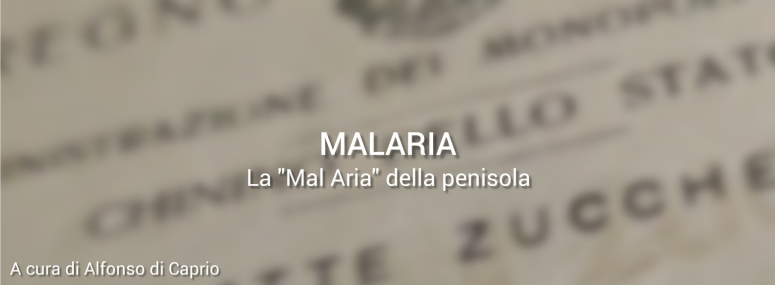
La malaria, dalle ipotesi eziologiche avanzate nei secoli ai meccanismi che ne rendono possibile la trasmissione, fino ai diversi tentativi di protezione, prevenzione e terapia.
Malaria, from the etiological hypotheses advanced over the centuries to the mechanisms that make its transmission possible, up to various attempts at protection, prevention and therapy.
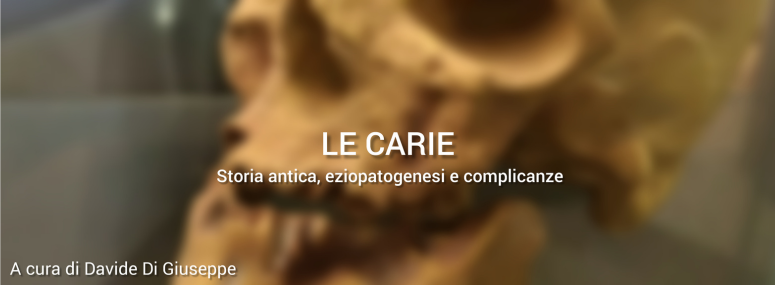
STORIA ANTICA, EZIOPATOGENESI E COMPLICANZE DELLE CARIE (Minutaggio - 9:45)
Ripercorriamo la storia della carie e il significato che questa patologia assume nei più grandi popoli antichi: Mesopotamia, India antica, Grecia antica e Roma antica. A seguire, pillole sulla patogenesi della malattia.
Let's retrace the history of caries and the meaning that this pathology assumes in the greatest ancient peoples: Mesopotamia, ancient India, ancient Greece and ancient Rome. Following, pills about the pathogenesis of the disease.
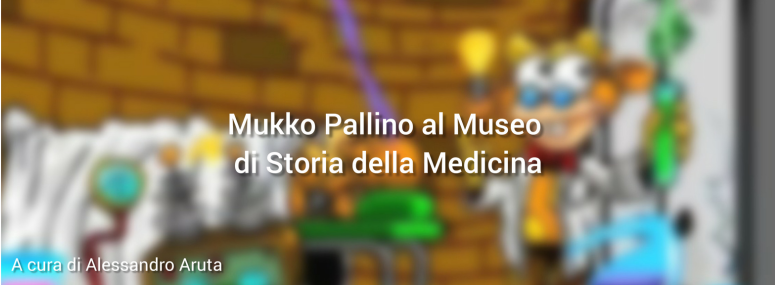
MUKKO PALLINO (Minutaggio – 2:24)
